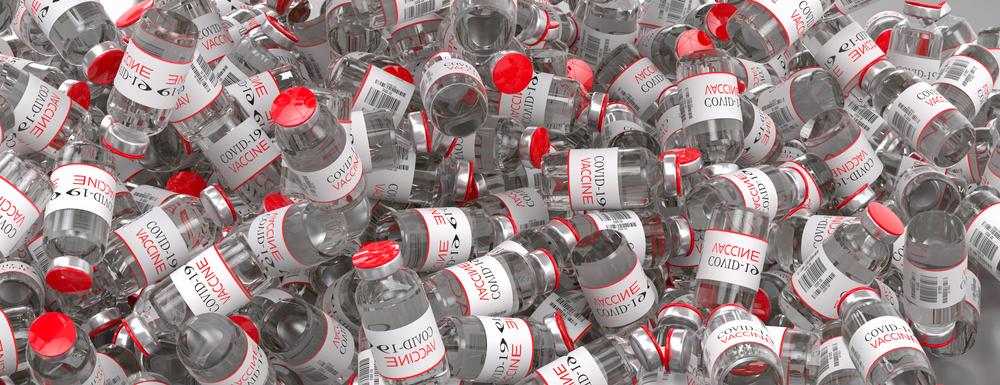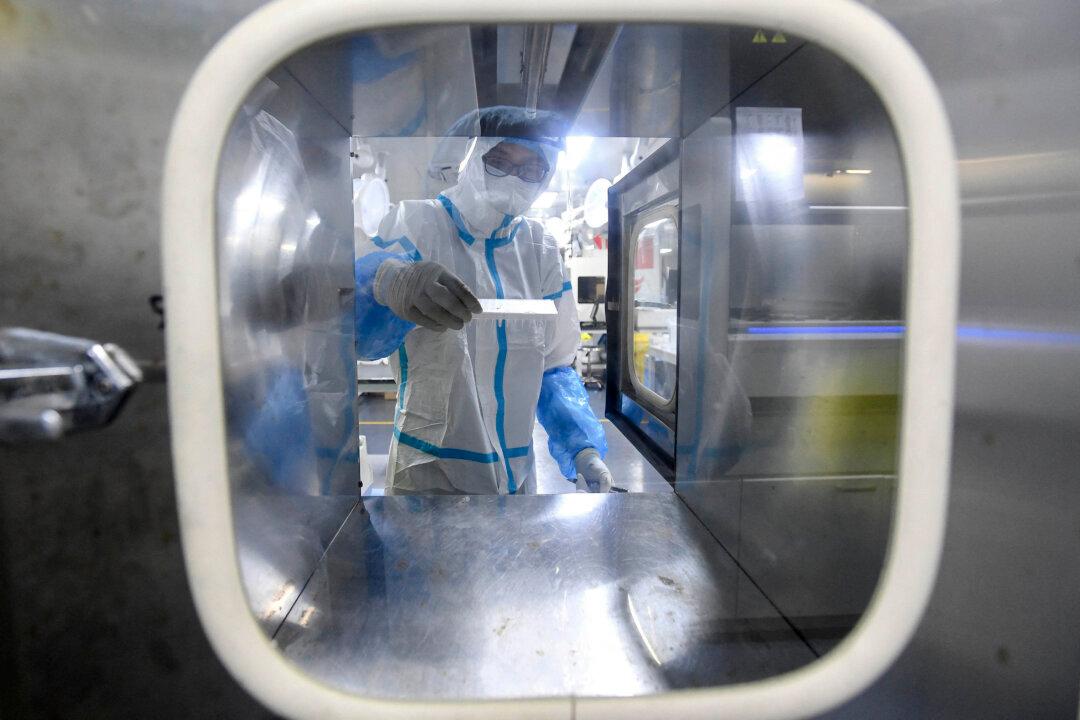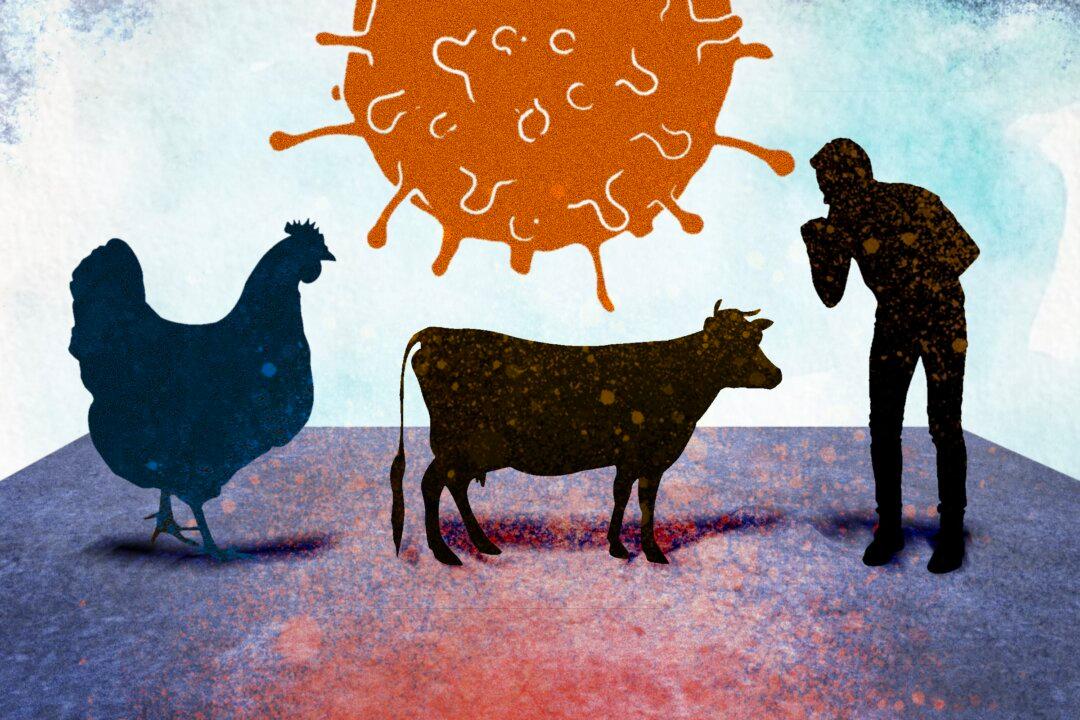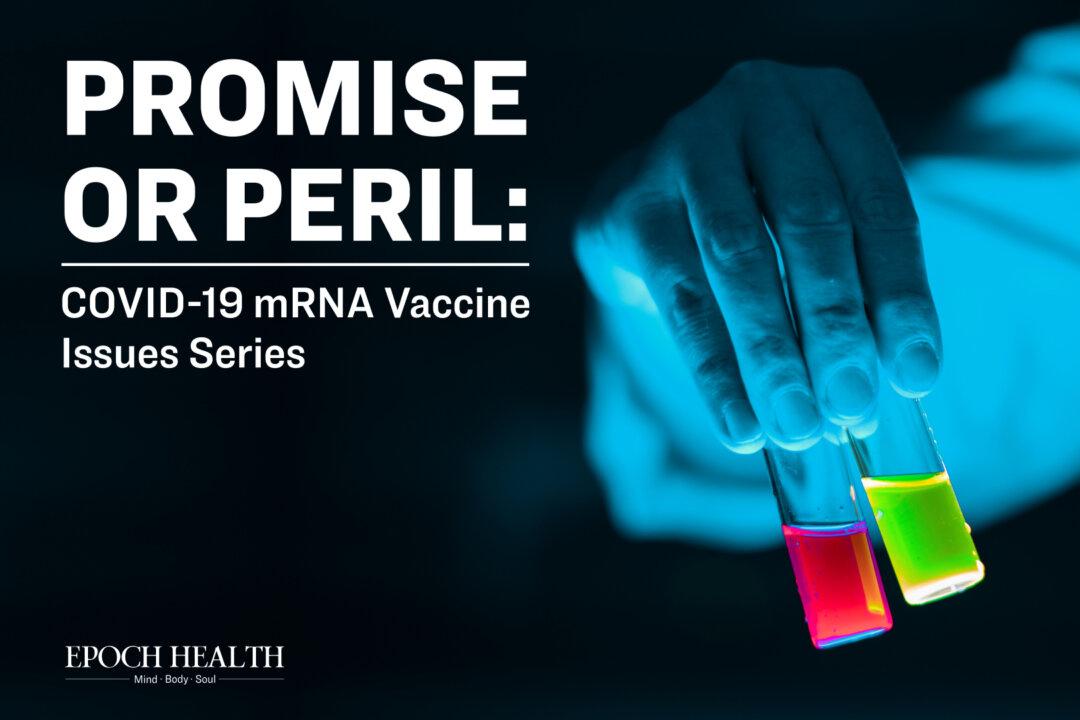On August 31, 2022, the U.S. Food and Drug Administration (FDA) amended the emergency use authorizations (EUAs) of the Moderna COVID-19 vaccine and the Pfizer-BioNTech COVID-19 vaccine to authorize the use of bivalent COVID-19 vaccines manufactured by both the companies as a single booster dose.
These bivalent vaccines contain the mRNA components of both the spike genes of SARS-CoV-2 virus ancestral strain and the BA.4/5 subvariants. However, the ancestral strain has long disappeared. So why should the new booster vaccines still incorporate half of the original strain’s mRNA, when the Omicron variants are currently the most prevalent?






